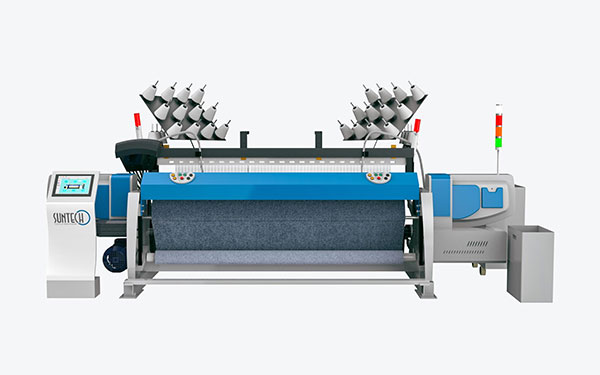The textile industry is an important pillar industry in the world and bears most of the necessities of people's daily lives. Textile technology has a long history and is constantly progressing in the changes of the times. Among them, the problem that is more likely to occur in the weaving process is broken weft. There are many types of broken weft, including yarn tip, tangled or curved broken weft, weft curved broken weft, The weft and the warp on the left side of the fabric are twisted and broken, the weft and the warp are twisted and the weft is not uniform, the weft is broken, the tip is blown off, the weft is blown off, the weft is in the storage Broken weft on the weft side, broken weft by cutting error, and broken weft at the weft guide piece, among which the weft broken at the weft guide piece is more common.
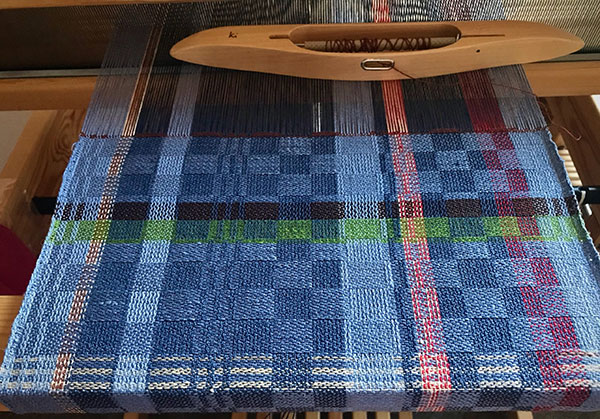
The main reasons for the weft break at the weft guide are:
1. Bad yarn clamping on the left sword head
The yarn held by the left rapier gripper is unstable. The analysis is that the lower gripper is loose, the rubber pad is degummed or dropped, or the upper gripper is deformed or has burrs.
The cutting time of the weft yarn is too early, which will easily lead to weak clamping of the rapier or insufficient clamping force. The clamping position of the left sword is forward and unstable, which causes the weft to loosen during the weaving process and cause weft breakage. The weft yarn cutting time is too late, and the position of the yarn clamp is behind, the fine yarn strength is low, and it is easy to be broken. The thick yarn and special yarn strength can easily cause the weft yarn to fall out of the left sword or strain the sword head, damage the weft yarn scissors, or even cause damage. Broken the sword belt and damage the sword head. Therefore, the weft shearing time is one of the important reasons for the weft break, which requires repeated trials and careful adjustment.
The yarn hanging position behind the left rapier head will be worn out by the rear guide rod or damaged by collision with the right rapier head after a long time of use. As a result, the weft cannot enter the yarn clamping piece or cannot be in the normal position during the yarn clamping, resulting in yarn clamping. Bad or handover failure, resulting in the broken weft.
2. Wrong selection of weft finger
If the height of the weft selection finger is too high, it is easy to cause weft breakage. If the position of the weft selection finger is too low, it is easy to cause double weft.
3. Weft guide
The position of the weft guide is very important. It is too close to the steel, and it is easy to cause friction between the steel foil and the weft guide at the moment of beating, squeezing the weft, and forming a broken weft; too far from the steel foil, the weft cannot enter the guide hook smoothly, It is easy to produce shear failure when weft insertion and shearing, and the weft yarn does not enter the shearing position, forming a broken weft. The height of the weft guide should be strictly set. Too high will cause the weft to not enter the guide hook, and too low will cause the weft to collide with the weft scissors during cutting, and the weft cannot be cut smoothly, resulting in weft breakage.
4. Weft scissors
If the position of the weft scissors is not adjusted properly, the weft cannot enter the cutting opening, and the weft cannot be cut smoothly, resulting in a broken weft.
Whether the weft can be cut smoothly and whether the sword head can clamp the weft properly, in addition to a reasonable cutting time, a good pair of scissors is required. If the scissors are not well-matched, the weft yarn cannot be cut smoothly, resulting in broken weft or damage to the sword head and parts. After adjusting the position of the scissors, adjust the fit of the two blades.
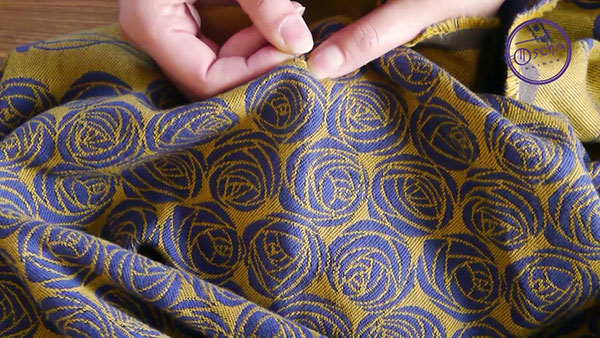
It can be seen that in order to reduce weft breaks, it is necessary to reasonably control the weft cutting time, the position of the weft selection finger, the height of the weft guide, and the position of the weft scissors. If the textile mill does not have the technology and experience in this area, it will appear in actual operation. What should I do if I make a mistake?
The intelligent rapier loom can be used to rationally deploy the various weaving processes through intelligent applications to efficiently insert weft, weft, wind up, and let-off to reduce weft breaks. At the same time, the rapier loom also has an automatic weft finding function. When the weft is broken, the rapier loom can find the broken weft, which is convenient for the operator to check and re-insert the weft in time.(try suntech Rapier loom)
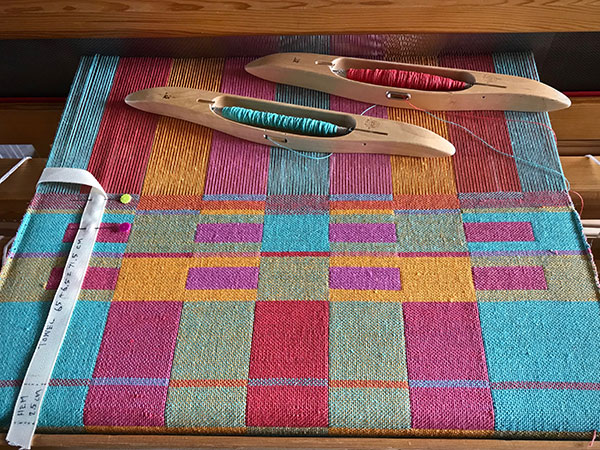
Rapier looms become a trend
It is precise because the rapier loom has the advantages of automatic weft finding and other functions, and it has a wide range of applications, which can more flexibly adapt to the changes and development of the market. Modern textiles have higher requirements for the use of raw materials, quality, and variety of colors. Compared with air-jet and water-jet looms, rapier looms can better adapt to various requirements. Therefore, the increase in their number in recent years is far greater than that of other weaving looms. machine.
Judging from the overall situation of the rapier loom, it has indeed produced good benefits. Manufacturers using rapier looms generally have higher grades of products, generally above mid-range, with obvious economic benefits. Especially in recent years, in some areas where the textile industry has developed rapidly, rapier looms have become the dominant model. After using the rapier loom, develop a new product, which can be put into mass production in the factory within 3 days, and the input-output can be as high as 24%.
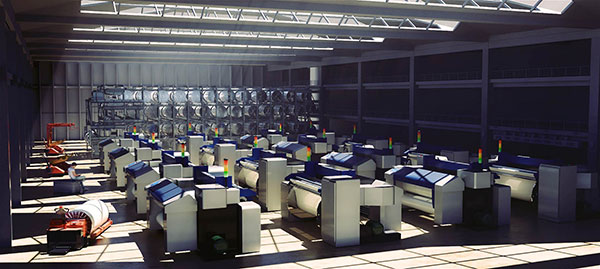
Suntech is familiar with weaving technology. Aiming at various problems that are prone to occur in the weaving process, with 50 years of design experience and technology precipitation, Suntech launched the ultra-fast start intelligent rapier loom (ST-ERL-808-ULTRAFAST808 Ultrafast Start Rapier Loom) to improve the weft. The stiffness of the warping mechanism increases the weft pressing force, which can automatically find the weft and effectively reduce the weft break. Even if the operator's technical and management level is limited, the equipment can still complete most of the difficult tasks.
Realize high-speed and high-efficiency spinning, the maximum speed can reach 800 rpm, and the stable speed can reach 550-660 rpm, ensuring production quality and bringing economic benefits to the enterprise. It is also suitable for the weaving of conventional fabrics such as cotton, hemp, wool, silk, and chemical fibers, and also suitable for the production of special industrial fiber fabrics such as glass fiber, metal fiber, and basalt fiber. It can be flexibly adapted to various fabrics.
The equipment is driven by a motor imported from Spain, heavy special steel, solid beams, and bases. The quality is excellent, which ensures the stability of the rapier holder and rapier tape under high-speed operation, and provides more guarantee for the quality of textiles. Compared with traditional looms, the power consumption of this loom can save 15%-20%.
Suntech, as a veteran mechanical intelligent manufacturing company, has a deep technical background and can provide loom technical support and after-sales service to ensure the normal installation and operation of the equipment, save customers' installation and commissioning time, ensure that the equipment is matched with the product, and let the production run normally. Welcome to inquire.
